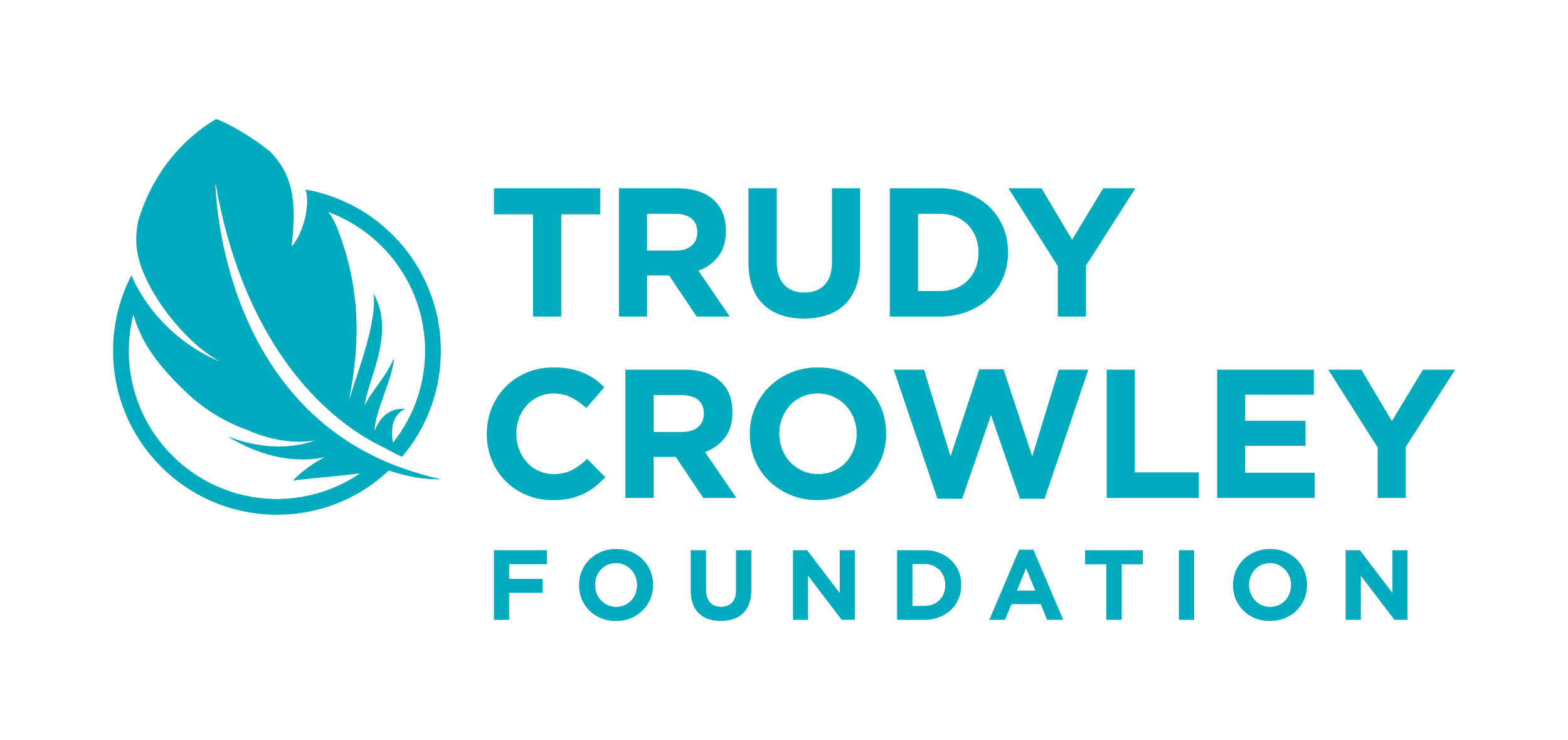About ovarian cancer
Signs and symptoms
The symptoms of ovarian cancer can be vague and similar to other medical conditions. It’s important to see your GP if you experience any of these symptoms, especially if they are unusual for you or persistent.
If you have any of these symptoms, we strongly urge you to visit your GP and insist that you have a pelvic and abdominal ultrasound and a CA 125 blood test.
Knowing the risks
The below factors can increase your risk of having ovarian cancer.
- A family history of ovarian cancer
- A family history of breast or colon cancer
- A mutation in one of several known genes (up to 15% of all cases of invasive ovarian cancer involve the inheritance of a mutated gene)
- Increasing age (median age of diagnosis is 65 but it can occur at any age, from children upwards)
- Medical conditions such as endometriosis
- Birth of first child after the age of 35
- Use of hormone replacement therapy (HRT)
- Tobacco smoking
- Obesity
Four stages of ovarian cancer
Stage 1:
Cancer is limited to the ovaries only.
Stage 2:
One or both ovaries are affected, as well as other pelvic tissue.
Stage 3:
One or both ovaries are affected. The cancer is also in the abdominal cavity outside of the pelvis, or there is cancer in the pelvic lymph nodes, around the aorta, or in the groin.
Stage 4:
One or both ovaries are affected, with spread to distant organs such as the liver or lung.


Types of ovarian cancer
Epithelial
Comprises over 90% of cases and includes subtypes such as serous, mucinous, endometrioid, clear cell and undifferentiated.
Germ Cell
More uncommon and tends to occur in women under 30. Arises from the eggs within the ovary.
Sex Cord Stromal
More uncommon and originates from tissue that releases female hormones.
Borderline
Non-aggressive epithelial tumours which have a better outcome than the epithelial cancers.


![TCF - Website [1913] - Web Assets_Banner copy 2.png](https://images.squarespace-cdn.com/content/v1/614953a5ab827c0e5bf3b2dd/1653538281118-F23UEU77MR12N1U3IYXG/TCF+-+Website+%5B1913%5D+-+Web+Assets_Banner+copy+2.png)


















